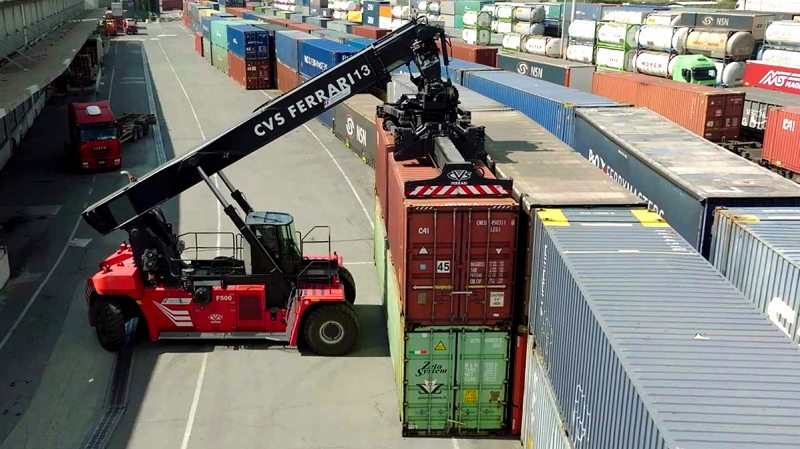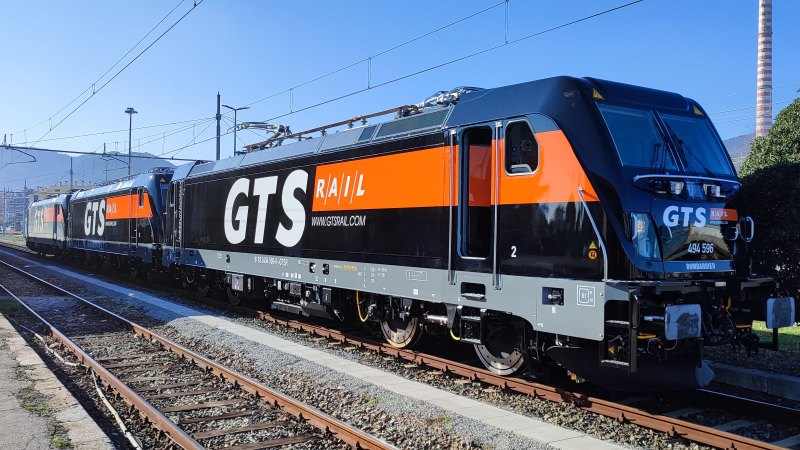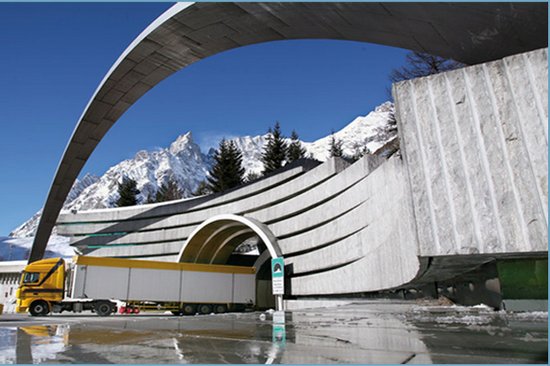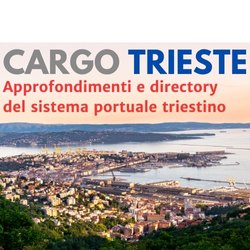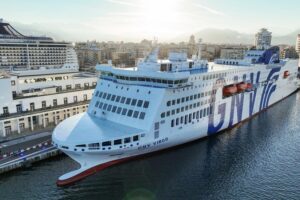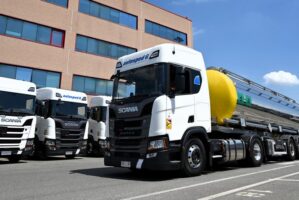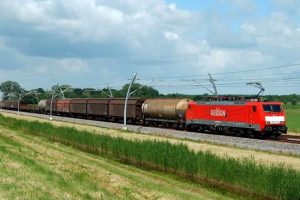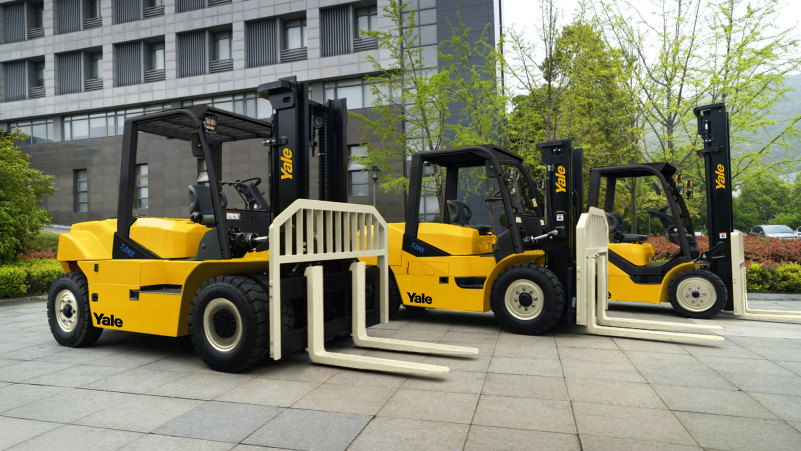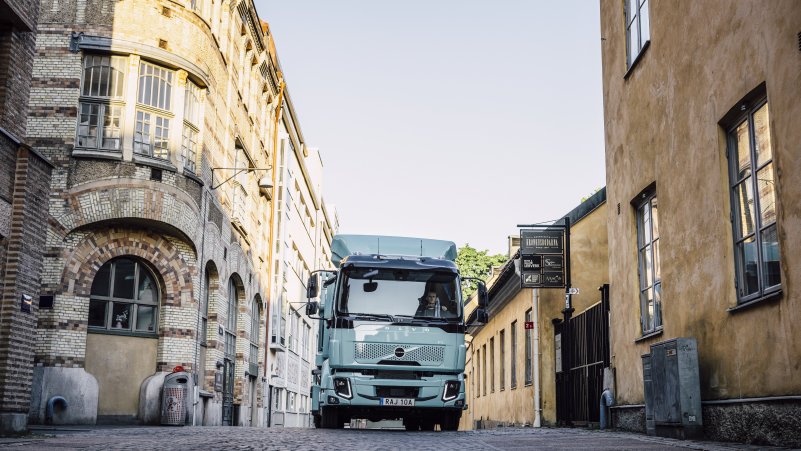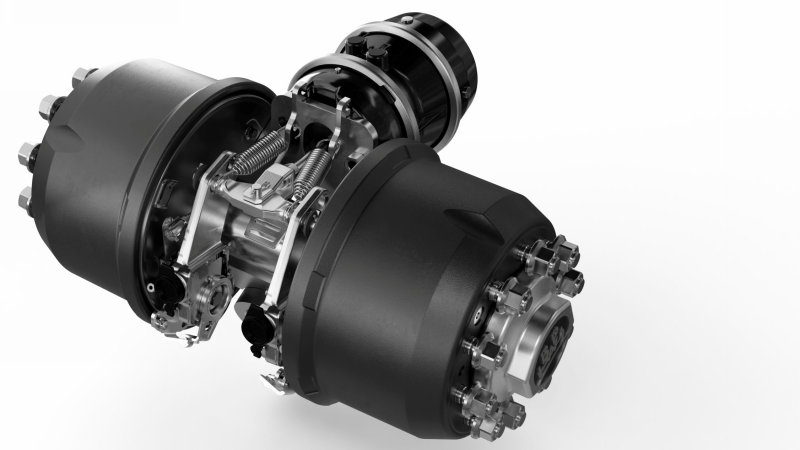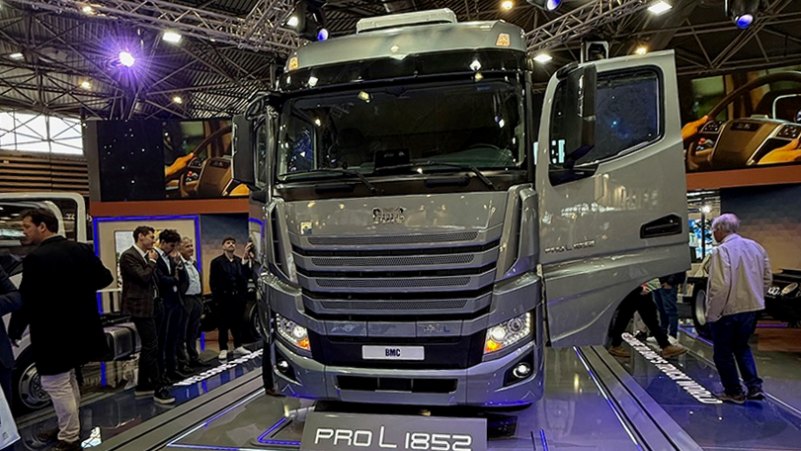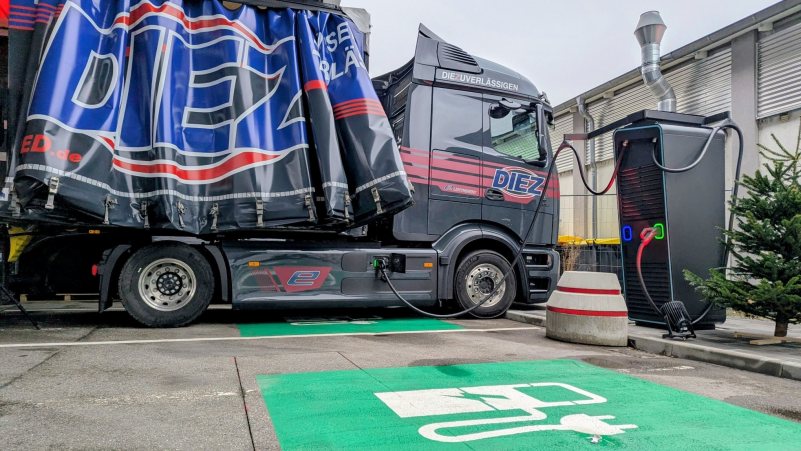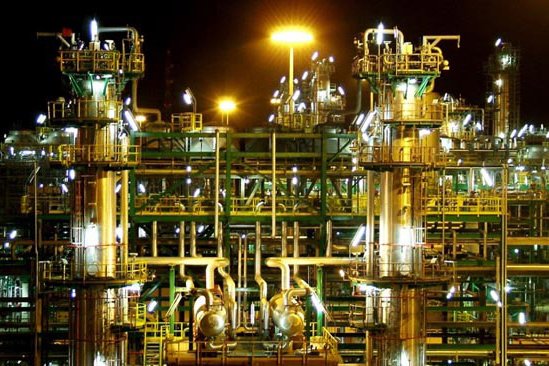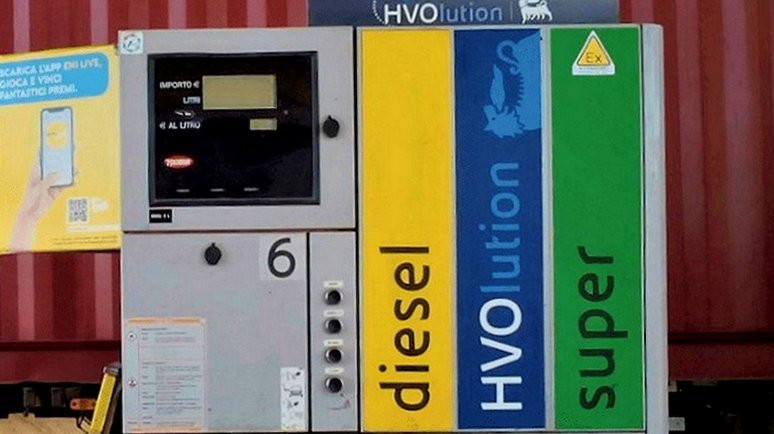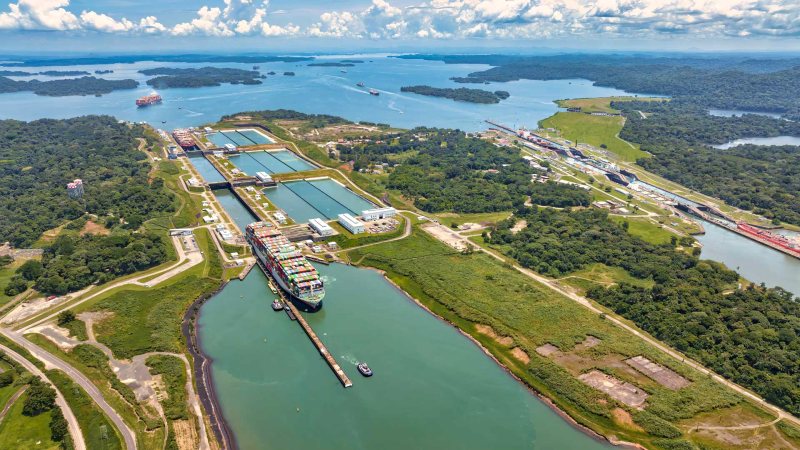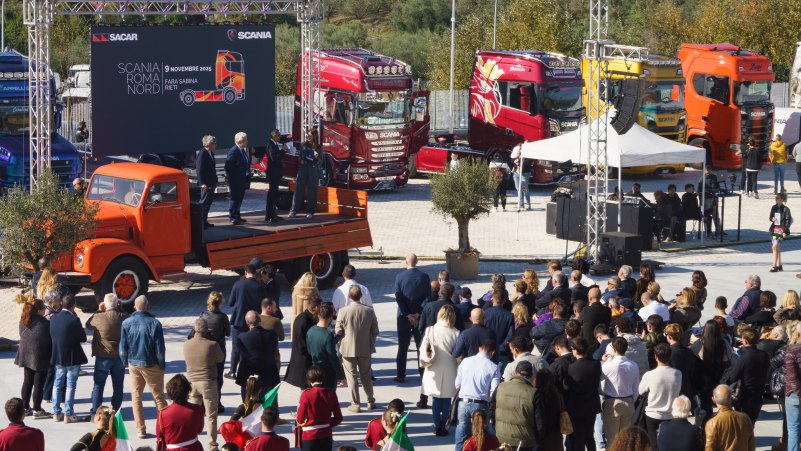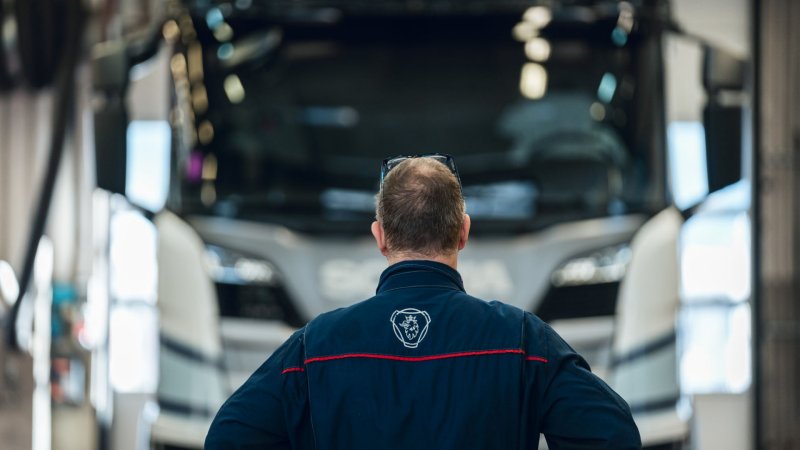It's not always necessary to wait for large-scale projects to reap significant benefits for infrastructure. Sometimes, a targeted, limited, yet precise and effective intervention can yield remarkable results. This is the case with what might seem like a simple link between two lines of the Dutch railways. This story wouldn't be particularly noteworthy except that the main protagonist is the Betuweroute, the high-capacity freight line that connects the Dutch port hub of Rotterdam to Germany, essentially the most significant European railway corridor specifically designed and built for freight transport.
The under-construction link creates a direct connection between the Betuwe line and the Brabant line (which runs through the province of Brabant) that descends from Rotterdam towards Eindhoven and then reaches the German border, either through Venlo or slightly further south through Roermond. Here, just before the Meteren yard, a direct intersection between the two lines is planned with a grade-separated junction.
But why are the Dutch railways placing so much emphasis on this intervention? The reason is straightforward. Currently, many freight trains heading to Germany take the southern route, the Brabantroute, a line that sees intense mixed traffic, both passenger and freight, and is at the limit of its capacity. With the Meteren link, named the southeast arc, or zuidwestboog in Dutch, freight trains will have the alternative to travel for about fifty kilometers on the specialized Betuwe line, starting from the large Kijfhoek freight yard to the outskirts of Meteren where, without reversing direction, they can merge into the route towards Germany via Boxtel.
The advantage is twofold: on one hand, it avoids a mixed-use railway line with limited residual capacity, and on the other, it can utilize the superior fast track of the Betuweroute, which is far from being traffic-saturated. The new connection is expected to be completed by 2030.
For the Dutch railway network manager, ProRail, this also represents an opportunity to revitalize the Betuweroute, a line with a rather troubled history. Despite the high initial expectations, the Holland-Germany freight corridor, which is part of Europe's core network, has faced delays in its launch, environmental opposition, project cancellations, and a passive stance from Germany.
The Betuweroute became operational along the Dutch route in 2007, without finding its natural continuation as a high-capacity line in Germany, hindered by various reasons, including competition between rail and port sectors. But the struggles didn't end there, as the line from the start adopted impeccable standards: 25 kV AC power supply and European signaling Etcs L2. Unfortunately, the vast majority of locomotives available at that time, both Dutch and German, were not suitable for running on it. It took years before it became fully operational.
Piermario Curti Sacchi


